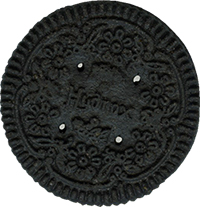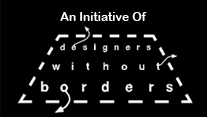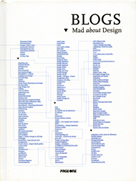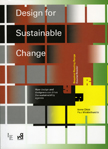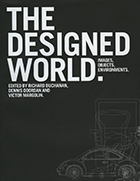Home New
-
Do(ugh)nut Preferences and Design Dissonance

David Stairs Subway foot long churro “Sidekick” I wonder what makes people want to read about anything? I mean, if you look casually you can find people holding forth about the most inane topics. There is no lack of fother about Taylor Swift,… Continue Reading →
-
Annals of Design: Mac & Cheese Nation

David Stairs You know how they say a people is defined by what they drink? The British have their stout, Russians vodka, and the French wine. But what about what a people eats? Of course, Americans would be on pretty thin ice with this one,… Continue Reading →
-
Design Research

David Stairs Research is a well-established human activity. We see examples in science and social science, of course, and have the Nobels and MacArthurs to award it. Research advances medicine and communication, history and jurisprudence. It is even a project for literature in all its various manifestations…. Continue Reading →
-
Painting By Numbers

David Stairs: I had an inauspicious beginning as a painter. When I was 10 or 11 years old, I received a paint-by-numbers kit. I set about dutifully filling in the pre-designated spaces with the provided colors, used directly from the bottle— no color mixing— and when I was finished I had something that approximated a…
-
Ethnic Cleansing Jewish Style
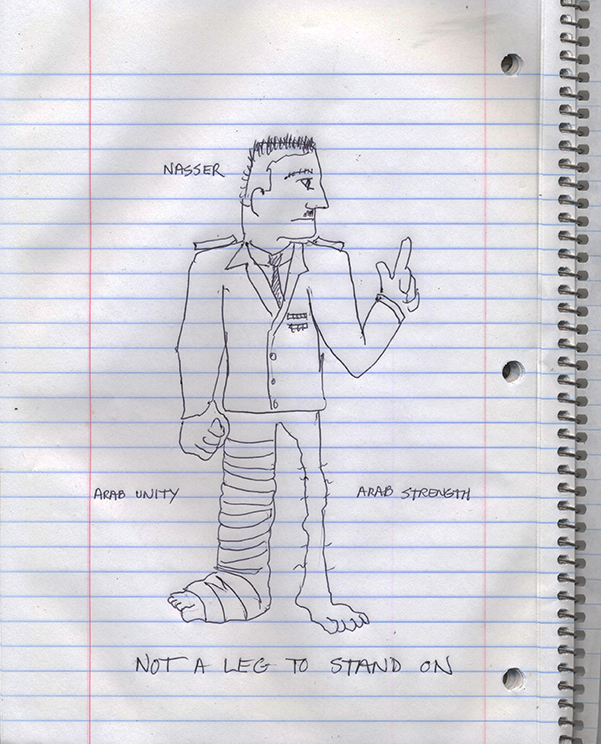
David Stairs In June of 1967 I was a freshman in high school. My family was staunchly Republican and, in those days, I didn’t know any better. When Egypt and Syria attacked Israel, precipitating the Six Day War, I made a cartoon of Gamal Abdel Nasser that I thought was pretty clever…. Continue Reading →
-
The Reliable Freezer is Failing

David Stairs Taking daily ice core samples on Antarctica. Courtesy BBC Just this week the BBC reports that sea ice surrounding Antarctica is “mind-blowingly” low. This probably does not concern you too much. After all, you’ve never been to Antarctica,… Continue Reading →
-
Why Cataclysmic Wildfires are the New Norm

David Stairs Summer 2023 may be remembered as the year Americans finally awoke to climate change. While choking smoke from Canadian wildfires enveloped cities like Minneapolis, Chicago, Detroit, and New York, places in the southwest suffered record high temps…. Continue Reading →
-
The Myth of Expertism

David Stairs In the Land of Celebrity, the Expert is King. It would be difficult to argue that our society is not obsessed with celebrities. From film stars to athletes, politicians to the Pope— and let’s not forget the British Royal Family— in America the Cult of Personality reigns supreme…. Continue Reading →
-
Designing Apartheid

David Stairs Apartheid is an Afrikaans word meaning “segregated by race” that entered the general vocabulary during white control of South Africa and Namibia from 1948 to 1994. Its usefulness has expanded in the years since until nowadays it has become a universal term denoting enforced segregation…. Continue Reading →
-
On Self-Publishing

David Stairs Chris Stairs, age 5 I’ve never been shy about self-publishing. I published my first small book in 1980. In those days there was a sort of pioneering enthusiasm about what has come to be known as artist’s books…. Continue Reading →
-
Alternative Posh
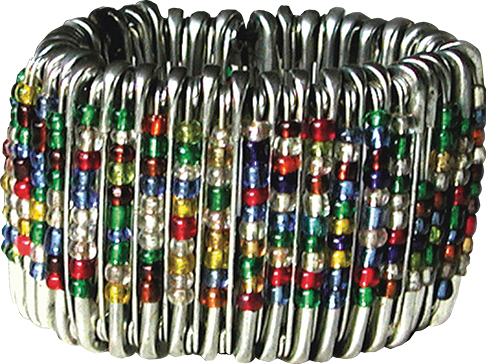
David Stairs Malian terra cotta beads Bling. When you start seeing it on Nike sneakers you’ve got to know it’s everywhere. But there are alternatives to manufactured bling if you know where to look for them. When I lived in India and Africa I used to hang out at the open air markets…. Continue Reading…
-
The Power of Speculation
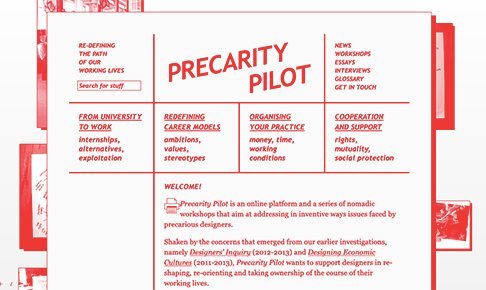
David Stairs Designers are such pragmatists. Look at any form of commercial online instruction platform and you will be underwhelmed by volume of courses meant to help people improve their marketability. Whether you are obsessing over the need to improve your design skills through LinkedIn Learning (formerly Lynda.com,… Continue Reading →
-
Annals of Design: To Light the Darkness
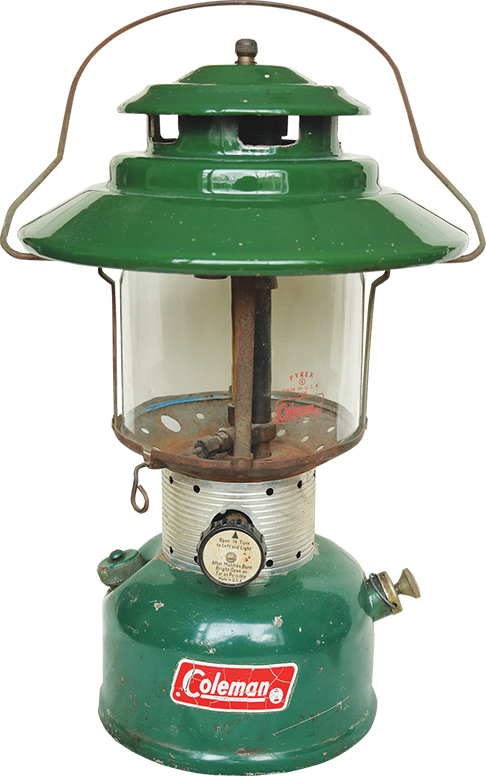
David Stairs Recently I was working on an article for a design periodical when I hit on the idea to compare an American brand icon to an African DIY counterpart. It was not a fair comparison. The American product was the Coleman pressurized lantern,… Continue Reading →
-
Why Is Superintelligence So Dumb?

David Stairs “I think that it’s fairly likely that it will not take too long of a time for the entire surface of the Earth to become covered with data centers and power stations. Once you have one data center,… Continue Reading →
-
Master of All He Surveys

David Stairs Early Bell System ad In the 1920s, before such things developed a predatory sheen, the advertising world promoted the theme of the man who was on top of the world. Modern, accomplished, wealthy, this contemporary Babbitt looked out the window of his 40th floor office at the world as it lay at his…
-
Hell on Wheels

David Stairs I was in Detroit last weekend. Of all the cities in the realm, Detroit has the best claim of “first in freeways.” The first mile of paved road was laid in Detroit in 1909, just in time for the revolution in transport Henry Ford was planning to visit on the nation…. Continue Reading…
-
Annals of Design: A Better Lunch

David Stairs Did you ever have to “brown bag” your lunch? If so, you know about the things that can go wrong, from torn bag to sogged-out paper from a leaky drink container…. Continue Reading →
-
The Psychopathology of American Life

David Stairs Sigmund Freud in the parallel universe that is America (Photo credit: Library of Congress/Corbis Historical Collection) Amid all the loose talk about lost American greatness, there seem to be many people worrying about just what has gone so terribly wrong,… Continue Reading →
-
5° And Getting Warmer
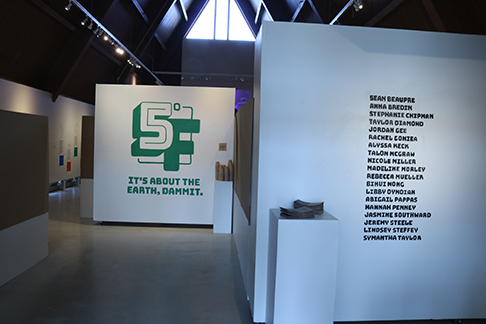
David Stairs Title wall of the exhibition 5°F Gordon Lightfoot had a song on Summer Side of Life entitled “10 Degrees and Getting Colder.” That record is now over 50 years old, and things have changed dramatically since it was released…. Continue Reading →
-
Repeal the Second Amendment

David Stairs The only guns this cowboy ever owned What could be more dimwitted, un-insightful, or self-serving than a strict interpretation of the Second Amendment?… Continue Reading →
-
Master of Inappropriate Comments

David Stairs Load your Potato Guns boys ’n girls! Yogi Berra once said, “It’s like déjà vu all over again.” Back in the days when Trump was the undisputed Twitter Queen, I never thought we’d be free of his unhinged rantings…. Continue Reading →
-
Master of Space Gravity

David Stairs Courtesy of Lucien Stairs You don’t have to look very far these days to see designers talking about the brave new world of Design AI. Helen Armstrong is out stumping her AI monograph, Big Data,… Continue Reading →
-
Sloshing Toward Relevance

David Stairs Thomas Carlyle called economics the “dismal science” in response to Malthus’s writings about exponential population growth. Carlyle was a Victorian and did not live in an era dominated by design. It would’ve been interesting to see what he would have made of our times…. Continue Reading →

